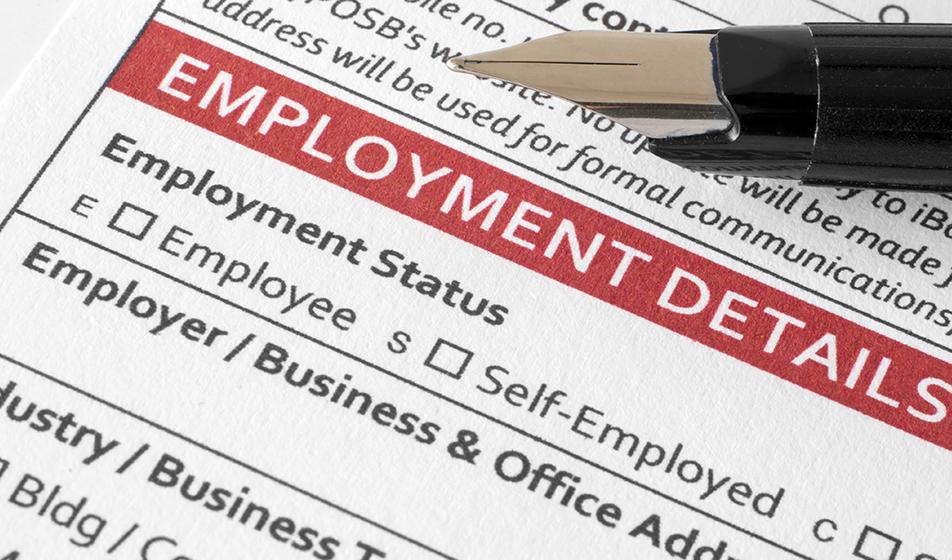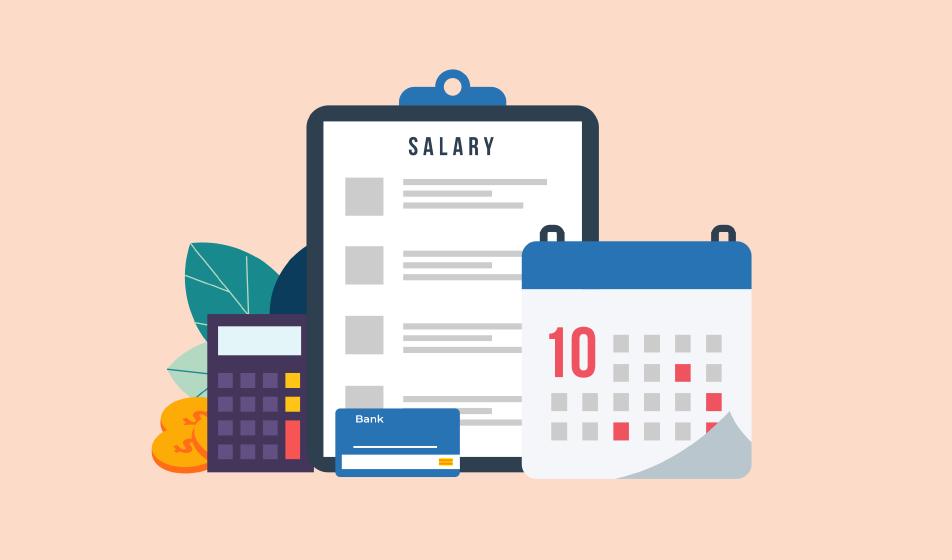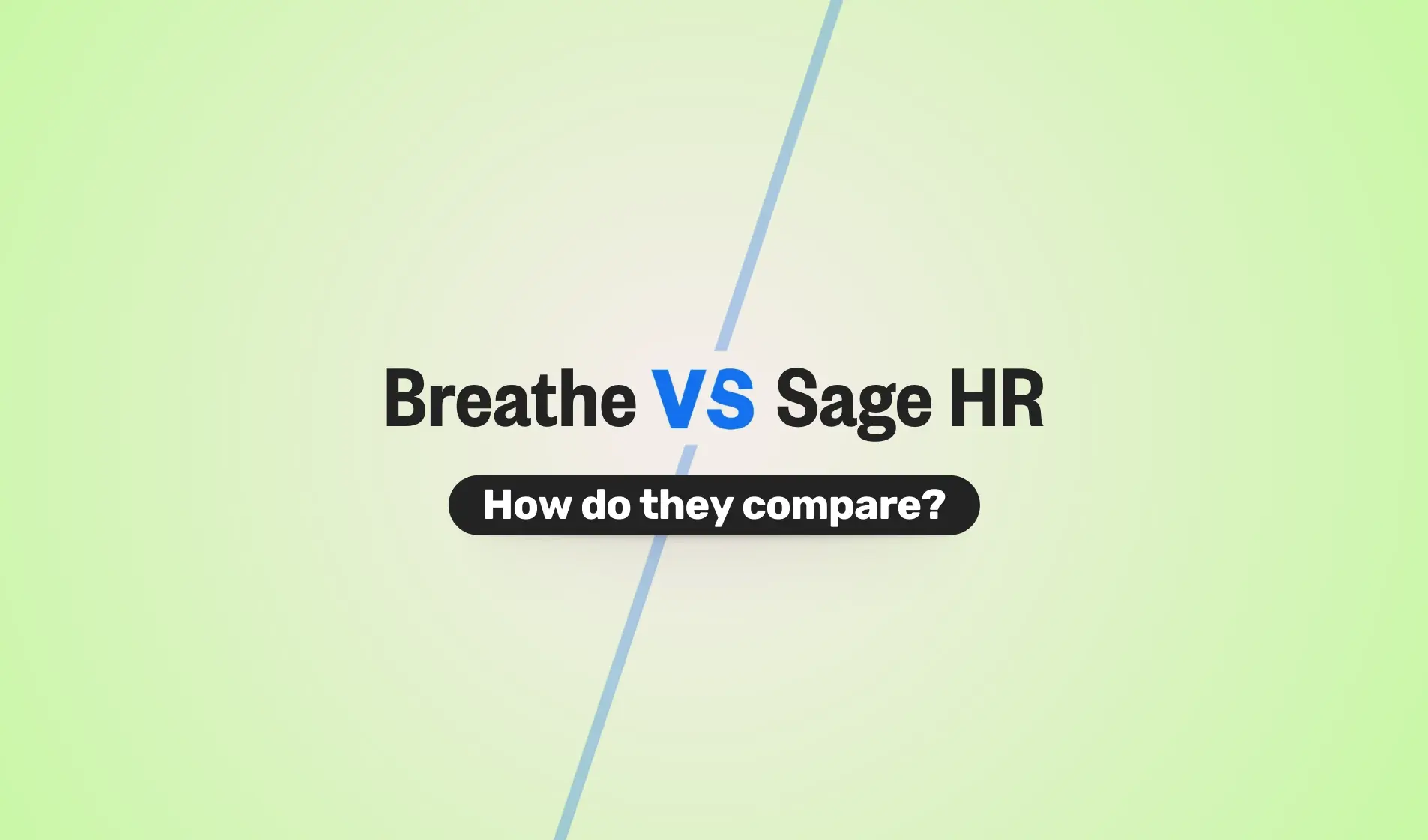When an employer hires someone, it's up to them to assign their new hire with an employment status.
In this blog, we'll look at the different types of employment status and what they mean.
What is an employment status?
A person’s employment status defines the rights and responsibilities that a staff member has at work.
An employment status therefore determines what is required to the person from their employer. Employees will have different rights depending on their employment status.
What are the different types of employment status?
A person typically falls into one of three main types of employment status:
Employee
An employee is a person who works under the conditions of a contract of employment.
The contract will include - but is not limited to - terms of payment, annual leave and working hours.
For a legally binding contract, put the terms in writing and make sure you present them to the employee within two months of them starting work. Although some contracts are made from a mixture of verbal and written terms, it's best practice to put it all in writing.
There is often confusion surrounding the differences between an employee and a worker.
It is important to remember that all employees are workers, but employees have extra employment rights that workers don't have.
Employers need to make the employment status of the people working for them clear. This is because employers are liable for the majority of their people's employment rights.
Employees are entitled to the same rights as workers plus:
-
The right to request flexible working hours
-
Statutory maternity, paternity, adoption and shared parental leave and pay
-
Statutory redundancy pay
-
Minimum notice periods if their employment is ending
-
The right to not be discriminated against
Worker
.webp?width=778&name=Rota%20FI%20(1).webp)
A worker is a person who undertakes work personally as part of a contract or indeed not.
Generally, they have the right to carry out the work themselves but are limited when sub-contracting the work to someone else.
Typically, workers include casual workers, zero-hours contract workers, agency workers, freelancers and seasonal workers.
The rights that workers are entitled to include:
-
Receiving the National Minimum Wage
-
Statutory minimum holiday pay
-
To not work in excess of 48 hours a week on average, or have the option to opt out of this right if they so choose
-
To not be treated less favourably if they work part-time
-
Protection against unlawful discrimination
-
The statutory minimum length of rest breaks
Self-employed
A self-employed person does not have the same employment rights as a worker or employee. They will run their own business and typically will be contracted to service a client.
An individual however, can be both an employee and self-employed at the same time. For example they could work for an employer during the day and work for their own business in the evenings.
Someone who is self-employed is their own boss, such as a freelancer. It’s because of this that in most cases they aren’t covered by employment law. However, a self-employed person is entitled to:
-
Protection for their own health and safety
-
Protection against discrimination (in some cases)
-
Their rights and responsibilities set out in their contract with their client
Typically, they're not entitled to holiday pay.
It's important for employers to know and understand the employment statuses of their employees- and their rights and responsibilities to their people.
With the rise in the gig economy, companies are being caught out by not knowing the basics. Uber famously lost their appeal over their driver’s employment status, ruling them as ‘workers’ rather than Uber’s claim that they are self-employed.

Author: Aimée Brougham-Chandler
An IDM-certified Digital Copywriter (2023) & English Language & Literature graduate (BA Hons), Aimée is Breathe's Content Assistant. With 3 years' content marketing experience, Aimée has a passion for writing - and providing SME HR teams with solutions to their problems. She enjoys delving into & demystifying all things HR: from employee performance to health and wellbeing, leave to company culture & much more.

.webp?width=289&name=employee%20relations%20(1).webp)




